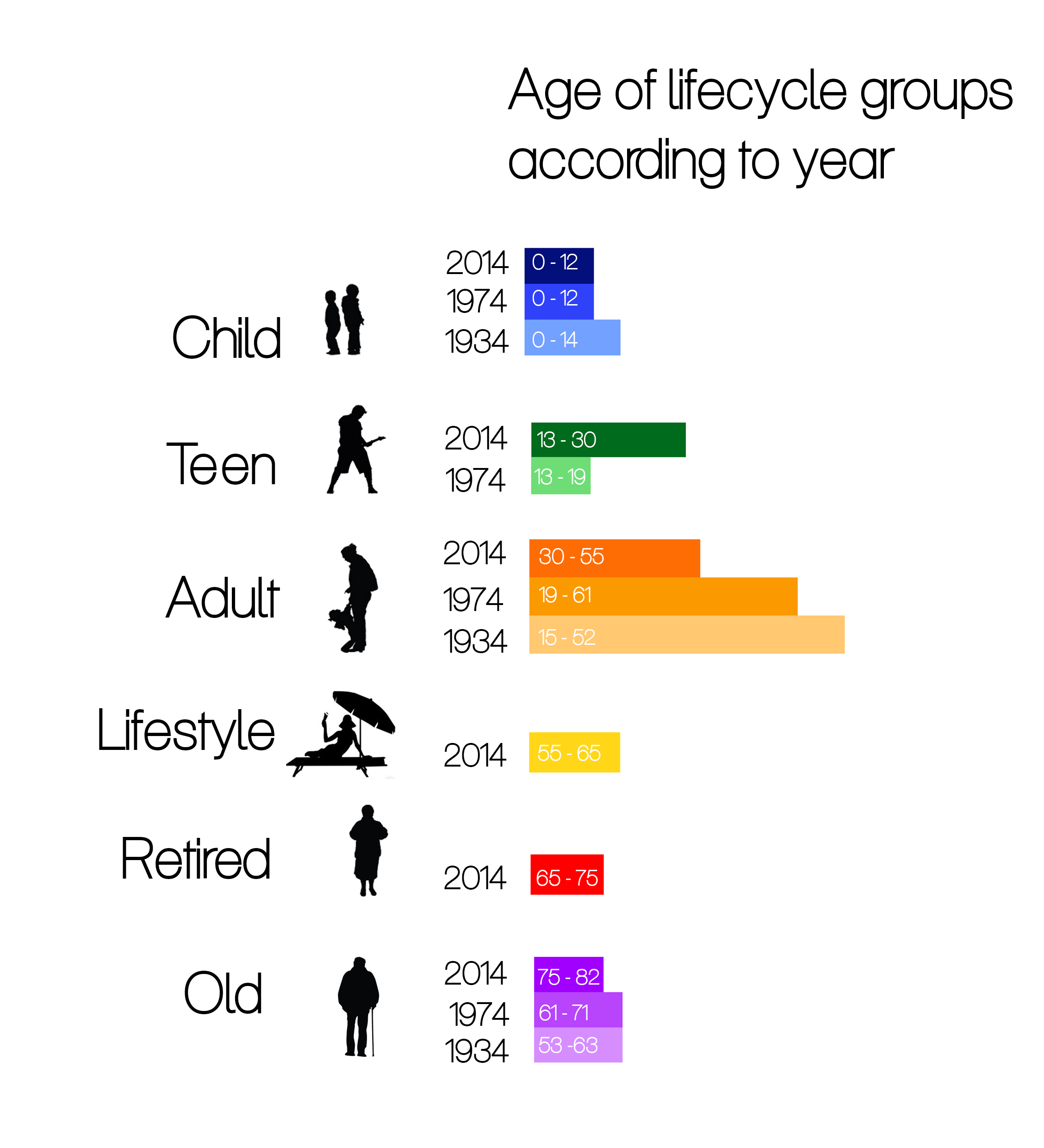A simple question worth asking that’s not easy to answer. While I am not talking about the philosophies of life, you should be asking yourself;
Why are your customers visiting your venue instead of the cafe down the road or the local shopping centre?
It seems that the savvy businesses last year got their heads around the concept of “BIG DATA” (for those of you still in the dark, we are talking about leveraging huge amounts of valuable information available from your business), and as this year is touted to be the “year of personalisation” – it begs the question: is this more than a “Dear John”?
A good example of what can only be called ‘impersonal personalisation’ comes from a good friend who recently blew out the 30 candle mark. A teacher by trade, she celebrated the way all good people do – with a classy dinner followed by a “I’m still young” nightclub crawl. Marketers beware, sending a letter titled “Congratulations, you’re 30. Have you considered life insurance?” is not a good conversation starter for a highly sensitive 30 year old recovering from the aftermath of a big night out, no matter how personalised you make it! But it had her name on there didn’t it? What could be more personal than that?
Each person that walks through your door has a different motivation and reason for being there. While it’s important to know as much as you can about your individual customers, it’s equally as important to understand why they visit you. What is their purpose?
A recent presentation by Bernard Salt highlights the different life stages of the population and apart from a general growth in population, he also notes an increase in ethnicity groups (most notably Chinese and Indian). What’s interesting is the renewed focus on the behaviours and attitudes of these consumers over their typical demographics (age, gender, location etc). Marketers are being encouraged to profile their customers based on where they are positioned in their life stage, as the increased life expectancy delivers new, attractive markets including: child, adolescence, adult, lifestyle, retired and old.
According to Bernard Salt, Australians in 2014 are splitting their lives into thirds as the average life expectancy has increased since prior years. The length of adolescence or ‘teen’ years has dramatically increased since the ’70s, while new cycles including the retirement and lifestyle years have appeared as the Boomer generation ages.
Customer behaviours surrounding hospitality venues have changed significantly from being frugal in the past, where entertainment and leisure was considered a privilege to older pre-boomer generations, while Boomers consider entertainment a frequent yet structured occurrence (more self-contained such as pokies). This behaviour differs again, with Gen Ys wanting constant, unstructured entertainment involving others (more social, eg. Online gaming).
Smart operators will ensure that their personalisation efforts in marketing will be following their life cycle trends, for example Boomers are now moving from the typical ‘work’ cycle into the ‘lifestyle’ cycle which means they generally have more disposable income, more time to enjoy it and a different outlook altogether.
There are a number of ways hospitality venues can determine your customer’s purpose including customer research, surveys, focus groups, spend analysis and conducting some in-depth profiling of your customer base.
If you need assistance in providing a more personalised experience for your customers, please contact me on 04199 789 019 or why not send me an email and kick off a conversation with “Dear Sam”.




